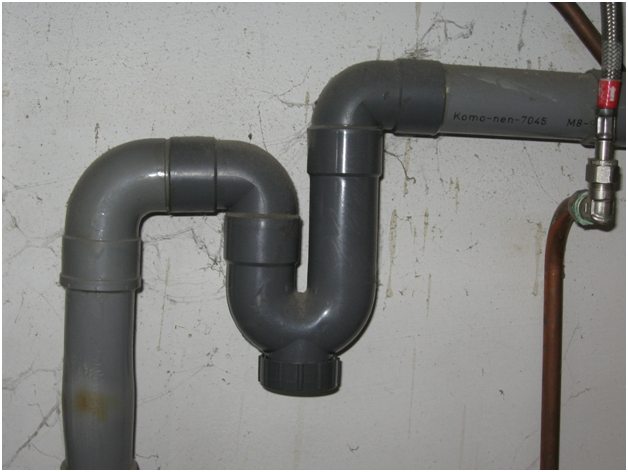Over the last half-century, vacuum conveying technology has become an integral part of the food and consumer packaged goods (CPG) manufacturing process. It is being used for blending ingredients, moving materials such as coffee beans through the food processing line and even for handling cosmetic powders.

Vacuum conveying has a large number of advantages
It is free from contact with pathogens, safe and enclosed, which is vital in food processing applications. Granules, powders and a number of other materials that are sensitive to contamination and humidity can also be safely conveyed. Many manufacturers in the food industry use vacuum conveyors for mixing multiple ingredients. An example of this would be the mixing of salt and corn starch in the production of crisps. Others use conveyors to transport large amounts of fresh ingredients into packaging machines.

Because granules and food powders have varying densities and characteristics, the conveyor should be modular and capable of handling various different dry materials such as the ground coffee, powdered milk and sugars that make up the instant cappuccino mixes.
Enclosed vacuum conveying systems also have a significant advantage over open belt conveyor systems, because items won’t fall off/be destroyed. One company in the food industry was able to substantially increase profits by switching from an open to a closed system.
Devices such as feed wands, feed adapters and portable stands can greatly enhance the conveyor’s performance. To learn more about the various vacuum conveyor systems and technology available, visit a website of a specialist such as http://www.aptech.uk.com/pneumatic-conveying/vacuum-conveying/.
Vacuum conveying systems are quieter, tougher and more flexible than alternative conveying systems.
Savings
The proper use of vacuum conveyor systems has also been proven to reduce the risks of physical injury amongst employees as well as reducing their risk of exposure to dangerous elements.
In a number of cases, the installation of vacuum systems has been responsible for reducing the amount of manual labour/manual intervention required in the manufacturing process. For example, a large pizza manufacturer was able to greatly increase efficiency by automating its manual process, which involved employees feeding cheese into a special mechanism that then dropped cheese onto pizza bases as they passed by on a conveyor belt. This enabled them to produce a much more consistent product and reduce labour costs.
